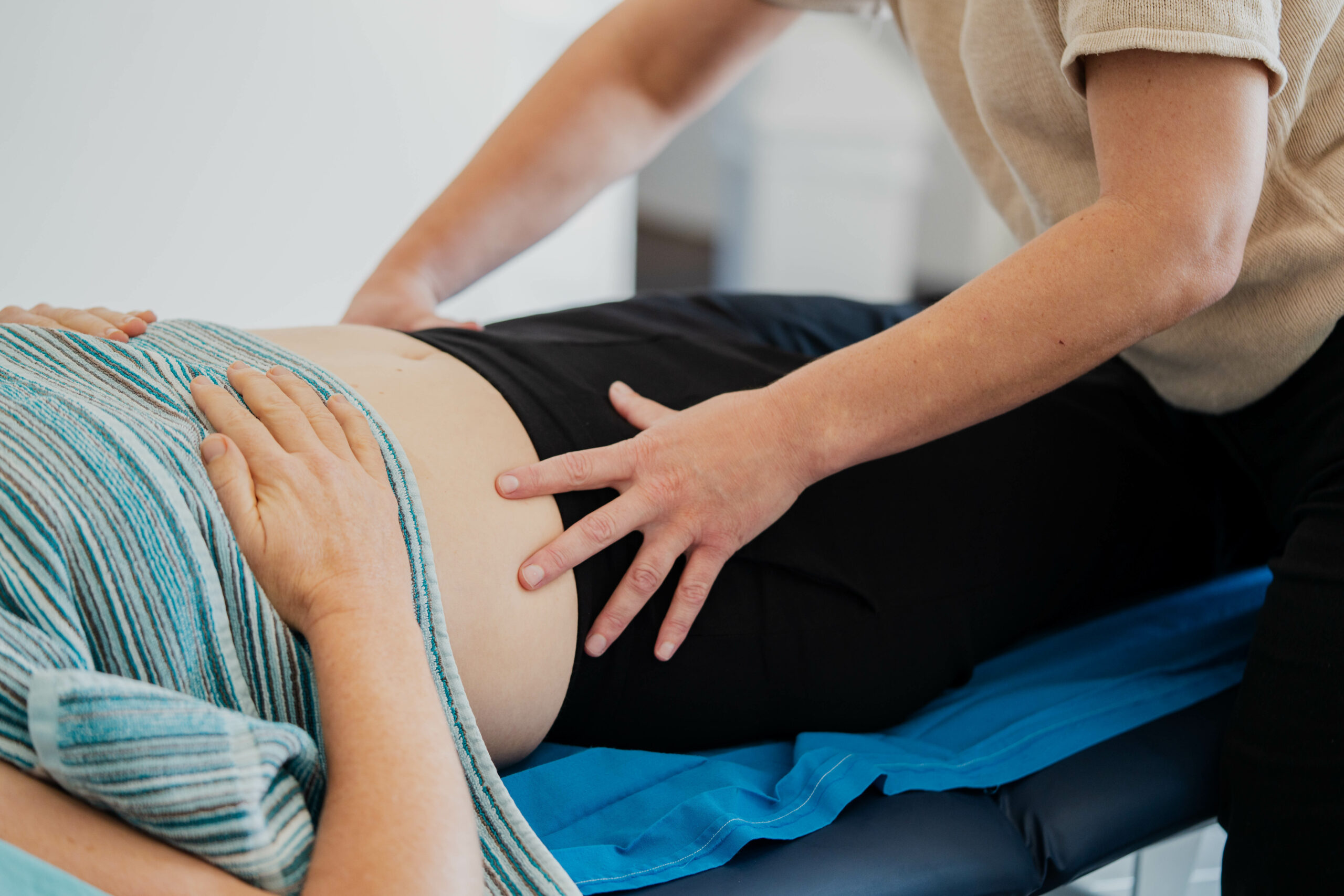The Role of Osteopathic Care in Pregnancy
Often we think about the new bundle of joy that we are about to have, but we often forget the significant physiological changes that pregnancy brings. The body has to adapt to carry up to a 4kg baby that sits within the pelvis, as well as experience the hormonal changes that allow our body to take on the task. No wonder the pregnant body screams out for help.
As Osteopaths, we can assist those going through pregnancy at any stage; prenatal and postnatal. Here are just a few common musculoskeletal complaints that may occur during pregnancy:
Low Back Pain:
One of the most prevalent musculoskeletal complaints during pregnancy is low back pain. As the uterus expands, it shifts the center of gravity forward, putting additional stress on the lower back. Hormonal changes (such as relaxin) loosen ligaments and joints also contribute to back pain.
Pelvic Girdle Pain (PGP):
PGP involves pain in the pelvic area, often radiating to the back, buttocks, and thighs. It can be attributed to the relaxation of ligaments due to hormonal changes and increased pressure on the pelvic joints as the baby grows.
Pelvic Floor Discomfort
The pelvic floor is affected both during pregnancy and during the birth. It is important to address this post birth, to regain normal strength and support for the pelvic contents and to help with continence. Pelvic floor training should start during the pregnancy and continue after the birth, until normal function is achieved
Sciatica:
The sciatic nerve, which runs from the lower back down the back of each leg, can be compressed during pregnancy, leading to pain, tingling, or numbness. This can result from the growing uterus putting pressure on the nerve.
Carpal Tunnel Syndrome:
Swelling and fluid retention during pregnancy can compress the median nerve in the wrist, leading to carpal tunnel syndrome. This may cause pain, numbness, or tingling in the hands and fingers.
Neck and Shoulder Pain:
Changes in posture, often due to the forward shift in the center of gravity, can lead to strain in the neck and shoulders. Breast enlargement and hormonal changes can also contribute to discomfort in this area.
Edema (Swelling):
Fluid retention is common during pregnancy and can lead to swelling, particularly in the feet and ankles. While not exclusively a musculoskeletal complaint, edema can contribute to discomfort and affect mobility.
Postural Changes:
The changing shape and weight distribution of the body during pregnancy can result in altered posture. This may lead to muscle imbalances and discomfort, especially in the lower back and pelvic region.
Osteopaths can provide guidance and management for those suffering from their musculoskeletal pain during and post pregnancy. They can recommend appropriate interventions or strategies, including exercises, clinical pilates and osteopathic treatment to help mums-to-be with their pain.
**These complaints can vary in severity and duration, and it’s important for pregnant individuals to communicate any concerns with their healthcare providers.

